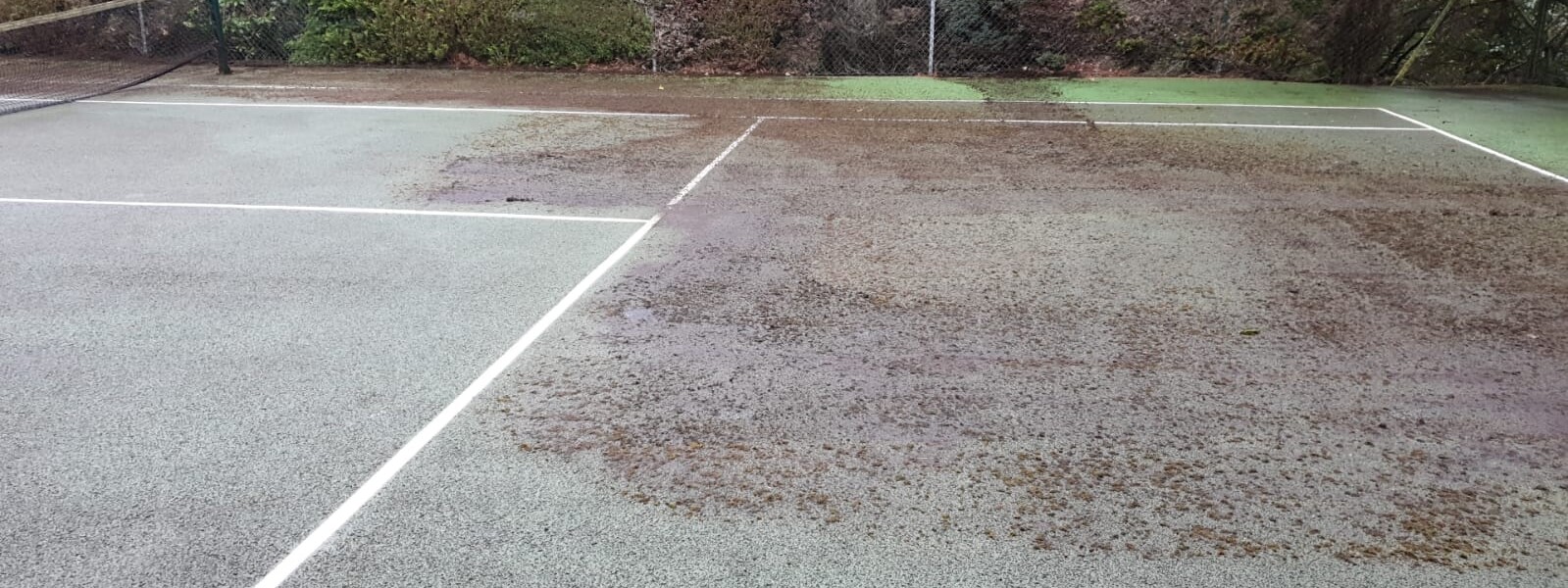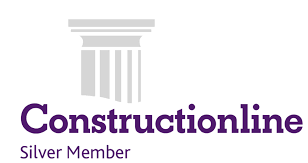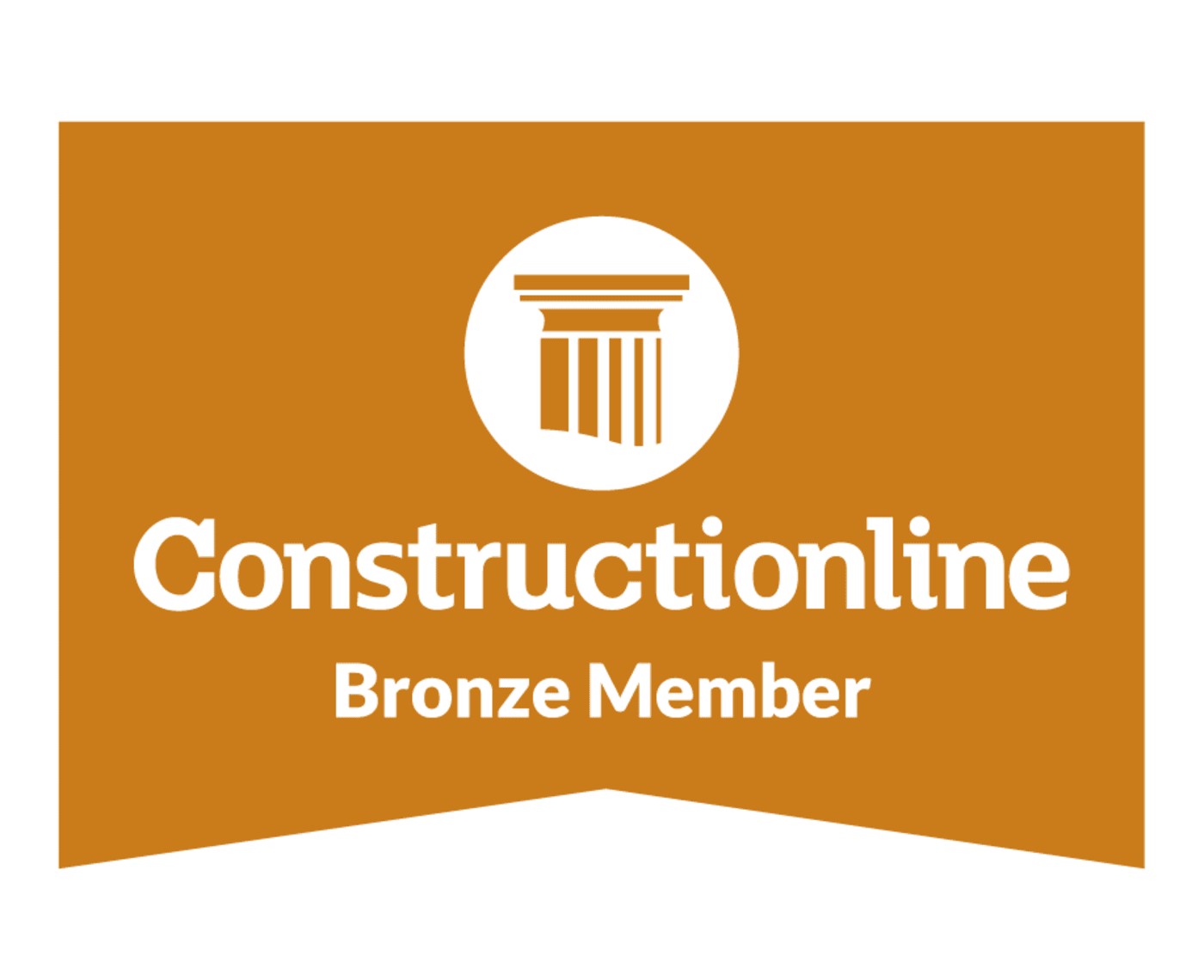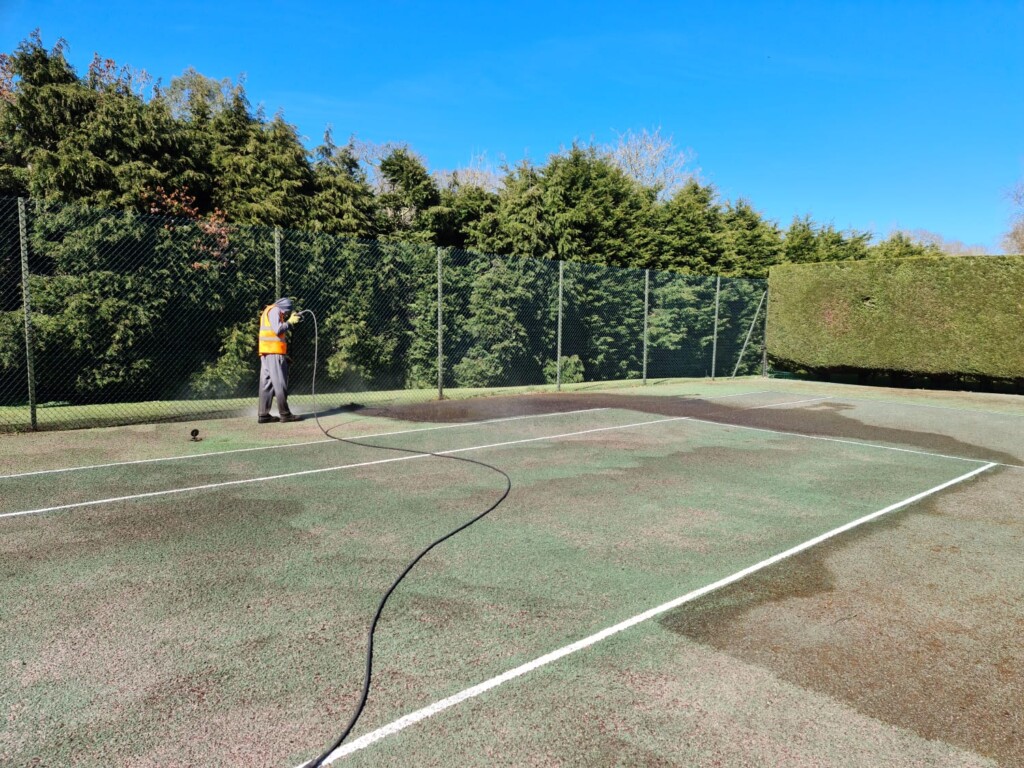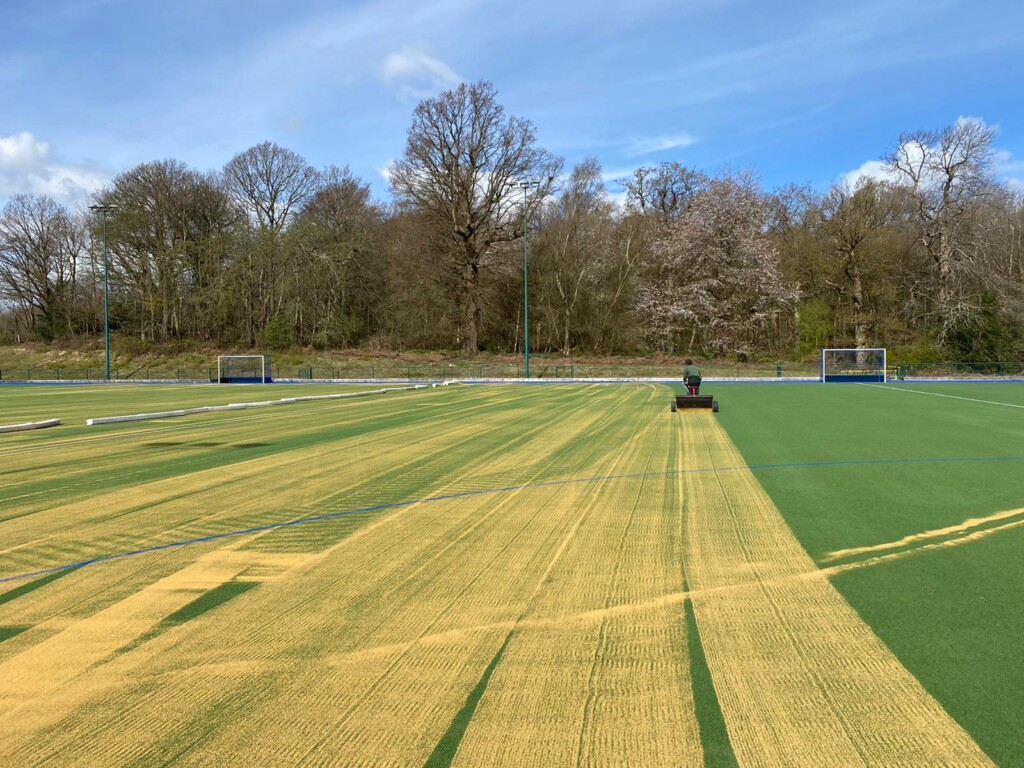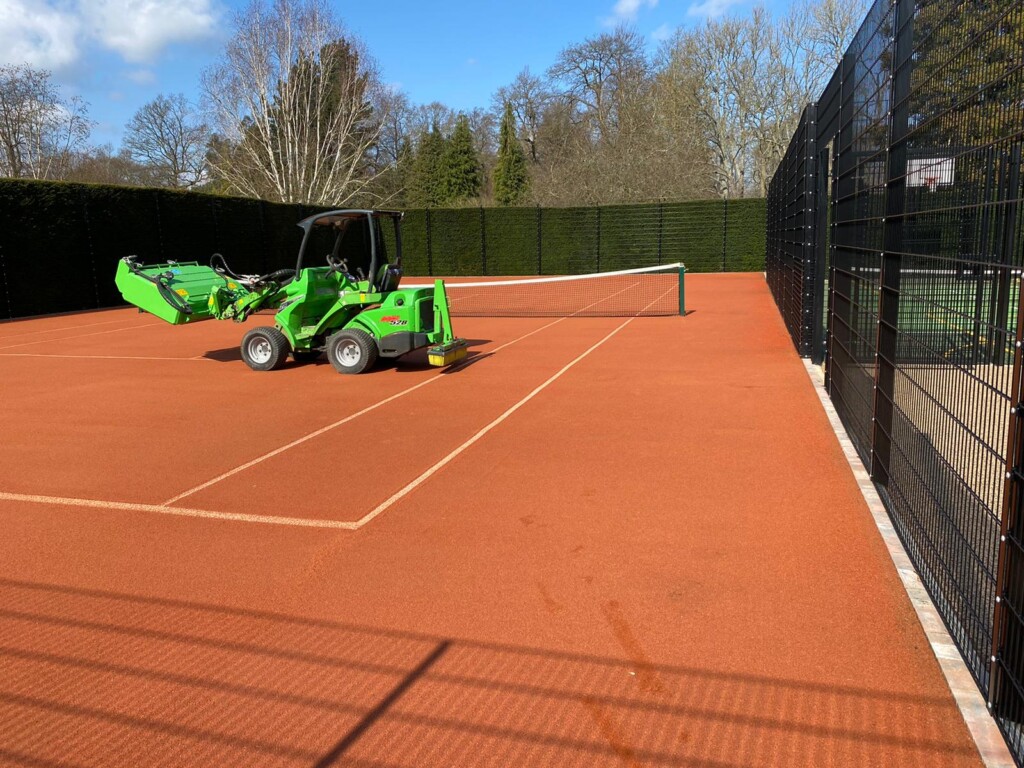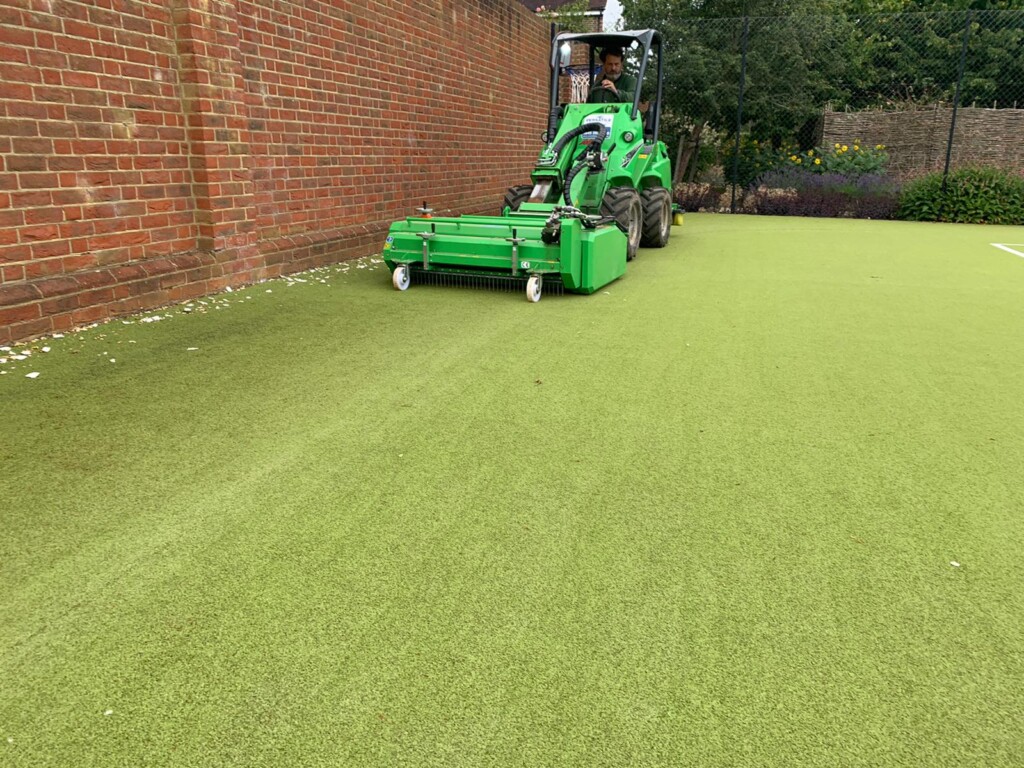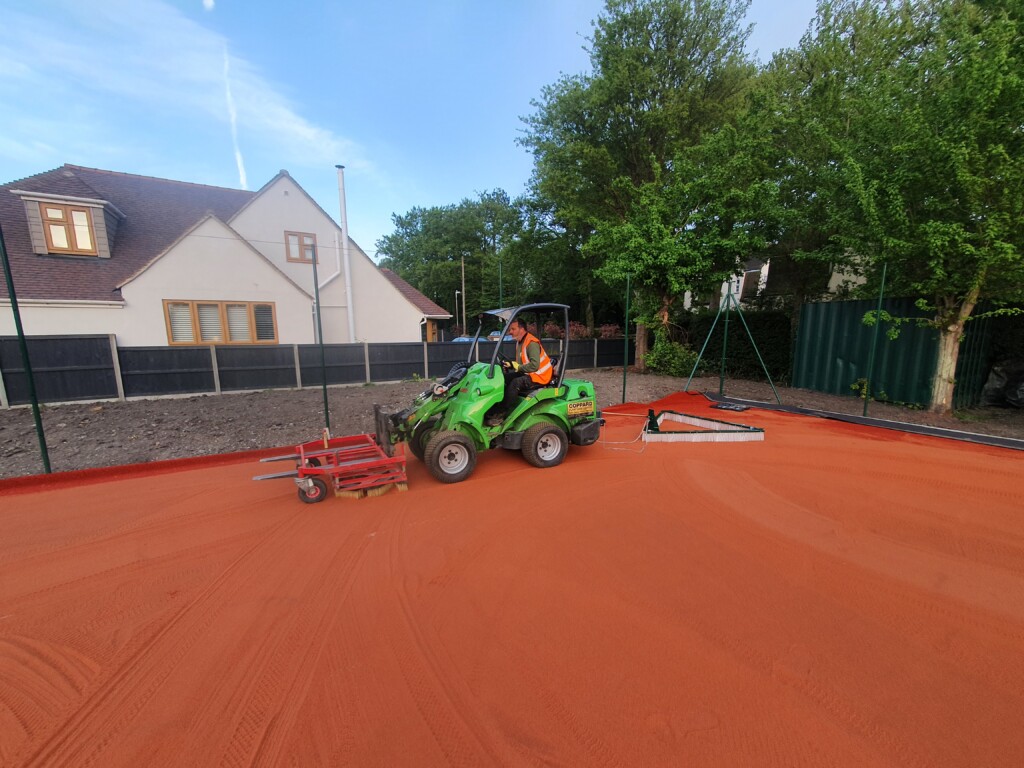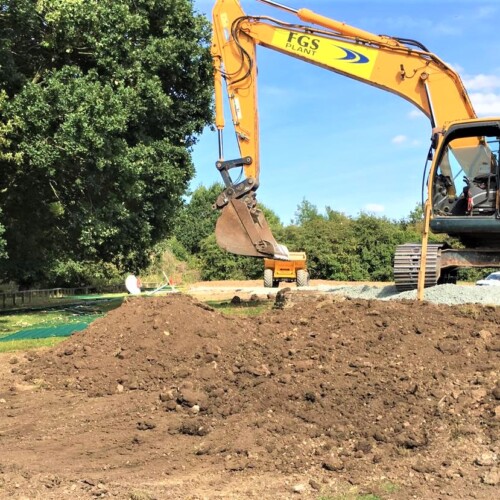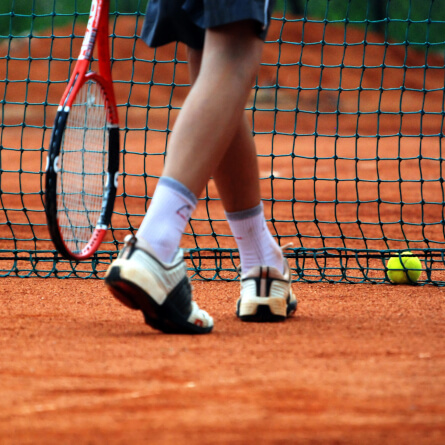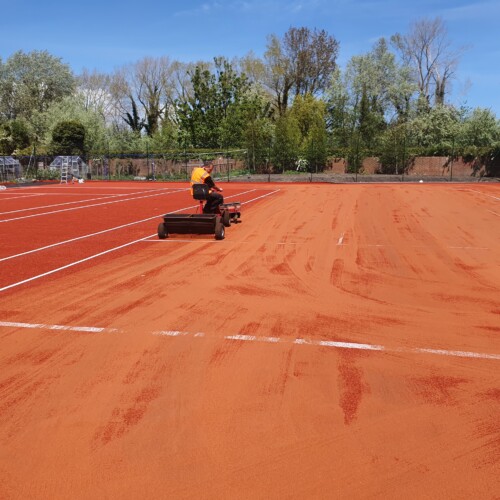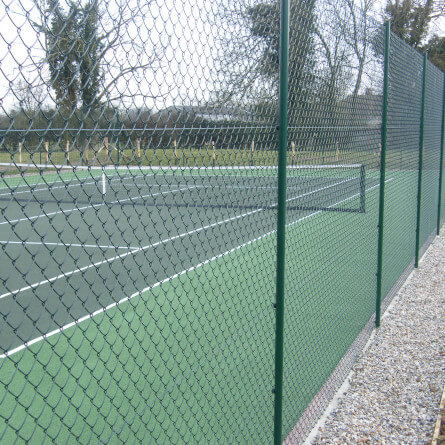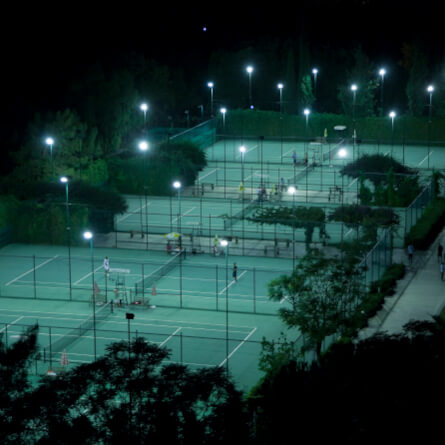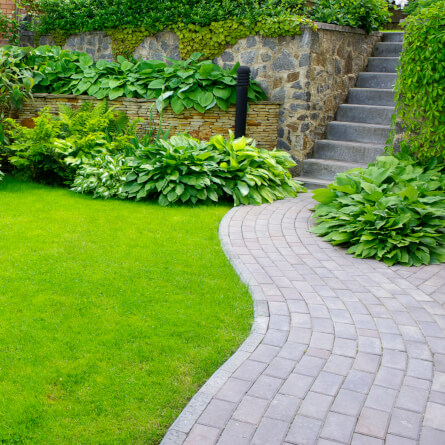Tennis Court Maintenance
To keep your tennis court surface in excellent condition it is vital that you carry out regular maintenance on it. Whether your court is porous macadam, synthetic clay or synthetic grass, you need to ensure that you take the time to maintain it. Firstly it should be noted that each surface needs to be swept clean regularly and you should remove leaves, pine needles, rubbish and other detritus on a weekly basis.
Maintaining Porous Macadam Courts
The proper maintenance of an open-textured macadam tennis court involves power washing so that you clean the pores of the court. This will prevent the surface from becoming slippery and also reduce the risk of drainage problems. You might assume that hard courts can survive for a relatively long time without maintenance, but they are porous so dirt and moss can begin to fill the pores if they aren’t cleaned out. This can begin to make the court slippery – so if you notice that your court is slippery it could be an indicator that you need to power wash it more regularly.
Read moreMaintaining a Synthetic Grass Courts
General Maintenance
Aside from the weekly sweeping and removal of rubbish, synthetic grass courts should be broomed. This not only helps improve the appearance (like a lawn mower striping a lawn), but it also helps to prevent the formation of a top layer of sand. If this layer of sand is allowed to develop it can prevent drainage and encourage the growth of moss.
Even though this is synthetic grass it is recommended that you should apply weed/moss killer once a year to stop any growth as soon as possible. If you begin to notice any signs of moss or algae you need to take action as soon as possible. The longer that the moss is left to take hold, the worse the damage will be to the court surface.
Rejuvenation and Redressing
After a period of around 5 to 7 years synthetic grass courts will likely need rejuvenation. In this process, sand and rubber infill will be removed and the carpet will be redressed with silica sand. If you need more information or have specific questions regarding the maintenance of tennis court surfaces, you can call us and speak to our experienced team.
Colour Spraying
How often should a court get resprayed?
On average it will take around a period of 5 to 6 years before the acrylic coating of your tennis court will begin to fade and it will need to be resprayed. Before this can happen you’ll need to have the court thoroughly pressure-washed. This is important as the repainting can only be completed if the court is entirely clean and free from debris.
Acrylic Paint Colour
Tennis courts are usually sprayed in either two-tone green or red and green, however, there is a range of colour options available if you desire. In addition to the acrylic paint, there is an optional layer of polyurethane binder which helps slow down the deterioration of the court’s surface and is applied in the same way as the acrylic paint. This is sprayed on before the acrylic paint and the binder also helps the paint adhere to the existing surface.
Application By Specialists
The paint is applied to the court using a high-powered sprayer that has been specifically designed for the application of paint to a tennis court. The machine atomises the paint as it is applied through a lance onto the surface, the paint can only be applied in this manner because the surface is porous, if too much paint is applied the surface will not drain. If the court has not been maintained properly leading up to the painting it may be necessary to have the weeds and moss killed before the cleaning and subsequent painting can take place.
We are able to apply lines for a variety of sports including tennis, orange tennis, netball, basketball, volleyball, and five-a-side football. All lines applied will conform to the standards set by the relative governing bodies. All works will comply with the SAPCA (Sport and Play Construction Association) code of conduct for the Construction and Maintenance of Tennis Courts and Sports Surfaces.
We offer tennis court construction services across the UK. From East and West Sussex to Hertfordshire, and Essex, we have constructed tennis courts in major towns and cities across the South East of England, including London, Brighton, Tunbridge Wells, and Canterbury – to name just a few.


